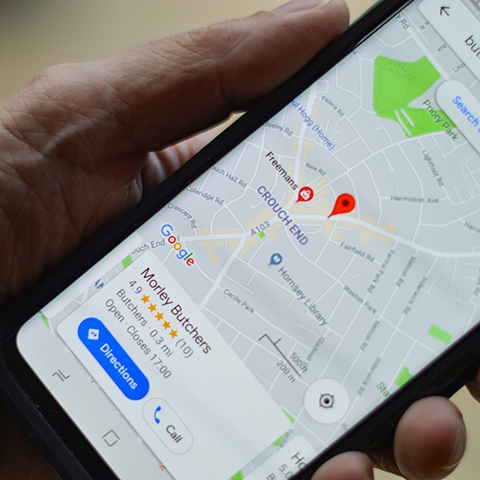April 2025
New Review Site Alternator

Do you have multiple Google Profiles for your business? It is critical that you encourage and develop reviews for all of them. Typically, a Google Profile is associated with a physical location or territory. But you might also maintain multiple Google Profiles because your business operates in the territory even if you do not have a physical office there. Maintaining and developing Google Profiles is akin to growing plants: they all require care, feeding and attention, otherwise they will wither and die.

Most businesses rely on Google Reviews to spread the word, find new customers, and build social proof in the marketplace. Google has become the dominant review platform for businesses all across the globe, and they are hard at work helping to ensure all reviews are authentic, and fake reviews and malicious reviewers are dealt with quickly. In this post from Google, they outline how they are using AI and advanced machine learning techniques to make Google Reviews even more reliable and powerful by protecting all of us from bad actors.

In the normal course of running your business, chances are you develop and execute plans all the time, just like every other business. When you execute plans, it usually affects your customers, either directly, or indirectly. As a result, the execution of plans adds risk to your customer relationships and can place strain on those same relationships. Some plans, like sales growth plans, new product introductions, and acquisitions, to name a few, inject even great risk to your customer relationships.

Implementing a Home Services Review Tool: A Step-by-Step Guide. Choose the Right Tool: Research and select a feedback and review tool that best fits your business needs and budget. Set Up Your Account: Follow the provider's instructions to set up your account, ensuring all your business information is accurate and up to date. Some providers do this for you, a valuable time-saver. Integrate with Review Platforms: Connect your home services review tool to your Google Profile, or other relevant review sites where your business is listed.